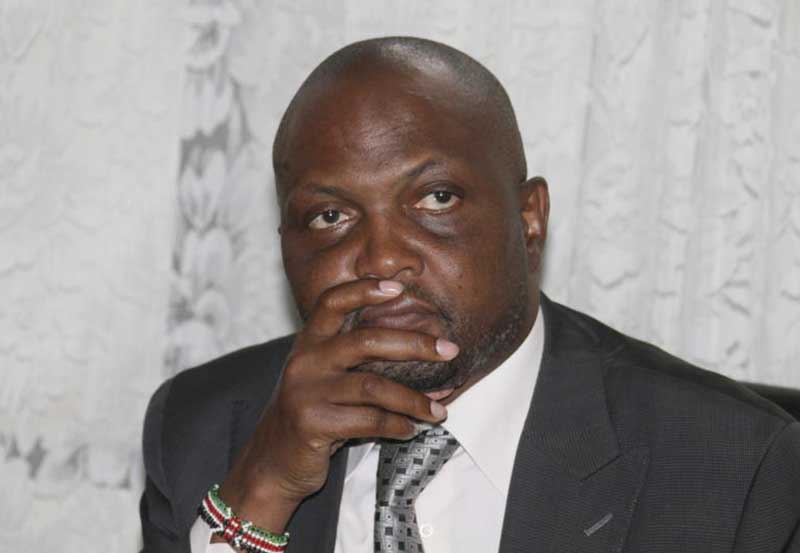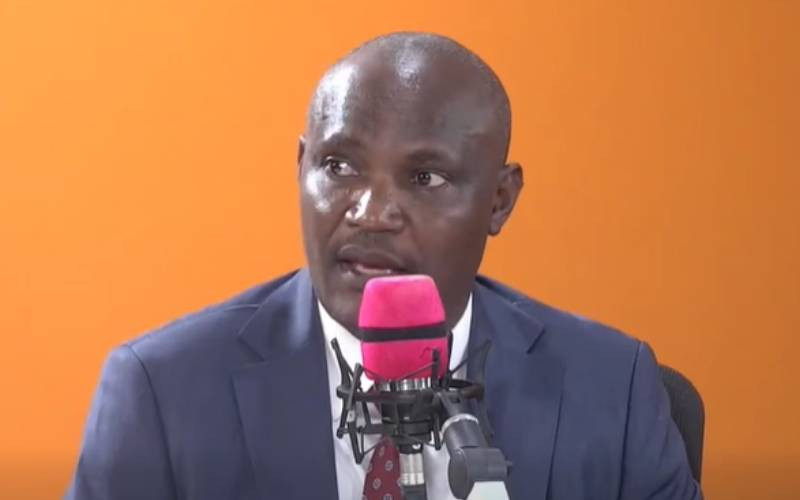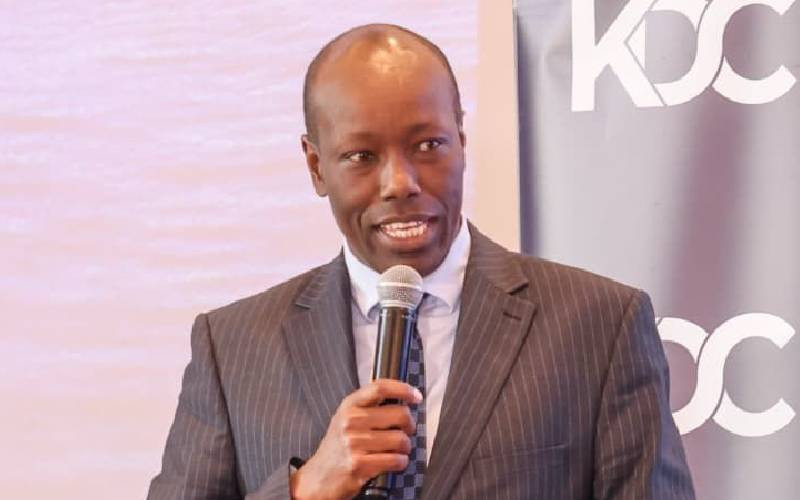×
The Standard e-Paper
Informed Minds Prefer The Standard

“Today, a young child in Nyanza is four times more likely to die than a child in Central Province — even though they are equal in dignity and the eyes of God.”
Moses Kuria, Gatundu South MP, whose remarks that President Uhuru Kenyatta is by-passing his Mt Kenya backyard in development, might as well be amused by this statement by former US President Barack Obama when he visited Kenya three years ago.







